This Photographer Goes to the Ends of the Earth to Capture Rarely Viewed Animals
Roie Galitz considers himself an ambassador for the creatures he photographs, capturing their intimate moments in hopes of inspiring conservation
Roie Galitz’s adventurous spirit has quite literally driven him to the ends of the earth. He has made several excursions to the Arctic archipelago of Svalbard and the ice sheets of Antarctica, as well as the snowy tundra of Norway and the wild waters of Kamchatka, Russia — all in the hopes of capturing some of the earth’s most elusive creatures.
Although the photographer hails from Tel Aviv and first fell in love with wildlife photography in the sweltering savannahs of Tanzania, Galitz says he prefers to work in the cold—even when that can mean temperatures as low as 40 degrees below zero. He layers up multiple pairs of long johns, fleece shirts and the thickest wool socks he can find. On top of all of that, he wears an eight-pound Arctic suit. “When you're cold, you can always put on an extra layer,” he says. “But when you're hot, there is a legal limit to how much you can remove.”
Extreme environments are also where he finds his favorite photography subjects: animals that are rarely viewed in the wild.
“If I showed things that have been viewed time and time again, it wouldn't be special. It wouldn't be unique,” Galitz says. “It would be just be like photographing a sparrow. Who cares about a sparrow? Everybody sees them all the time. As a photographer, I always try to find what has been done, what hasn't been done, why hasn't it been done—then try to do it.”
One photo that captures Galitz’s quest features a polar bear with a live seal in its grasp. This moment of the hunt had rarely, if ever, been photographed before, and local bear experts doubted that Galitz would be able to get the shot. But after a long night of silently kneeling on the ice, fighting to stay warm but remaining still as to not disturb the seals swimming below—he nabbed it.
Venturing into the wild comes with some risk, from frostbite to close encounters with bears and walruses, but Galitz takes it all in stride. A minor case of frostbite in the Arctic is like getting a sunburn at the beach, he says. And the cold forces him to be resourceful. On multiple occasions, he has used his nose to operate the touch screen on his camera, although sometimes he will quickly remove his gloves to snap the shot.
Wildlife photography requires a certain entrepreneurial spirit, Galitz says. For many of the far-off places he chooses to shoot, he has to obtain production permits and coordinate the often-complicated logistics of getting there. But the planning pays off, he says, when he gets the perfect shot. In a photo titled “Polar Bear Family Hug,” he captured two cubs and a mother bear in a moment of vulnerability as they awoke from a nap. “That's actually the best compliment a wildlife photographer can ask for,” Galitz says. “Because when an animal is sleeping in front of you, it means she trusts you.”
In another photo of brown bears playing together in Lake Kuril in Russia, Galitz laid low to the ground and took shot after shot trying to capture the symmetry of the bears’ open mouths. “With wildlife, you control the scene by controlling yourself,” he says, referring to his position in relation to his furry subjects. You can’t tell a bear to strike a pose or turn toward the light, so for a wildlife photographer, Galitz explains, it’s all about the technique.
In addition to stunning action shots, Galitz also looks to capture moments that will elicit specific feelings from the viewer. “When I'm photographing the animals, I'm trying to show their character, their soul,” he says. Many of his photos depict animals in moments of closeness—courting, parenting, cuddling—to demonstrate their individual personalities and familial relationships. “I'm trying to make people relate to animals in an intimate way, as I am relating to animals in an intimate way,” he says.
Galitz, an official Greenpeace ambassador since 2016, regularly uses his photography to promote conservation efforts. Looking at his photos from year to year, he says he can see the world changing and the habitats of the animals he photographs disappearing. “My images are testimony,” he says. “This is what I saw last year, this is what I saw here, you can see the difference. We can't ignore that.”
/https://tf-cmsv2-smithsonianmag-media.s3.amazonaws.com/accounts/headshot/Daily-Staff-Photos-by-Noah-Frick-Alofs-3620-317x475.jpg)

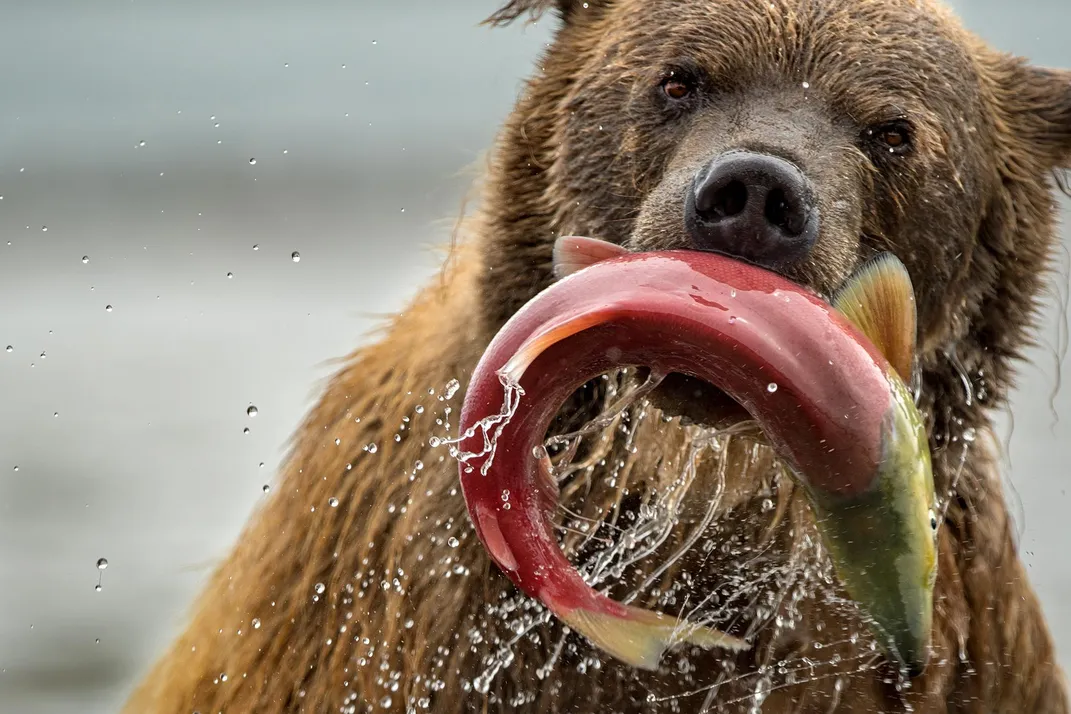
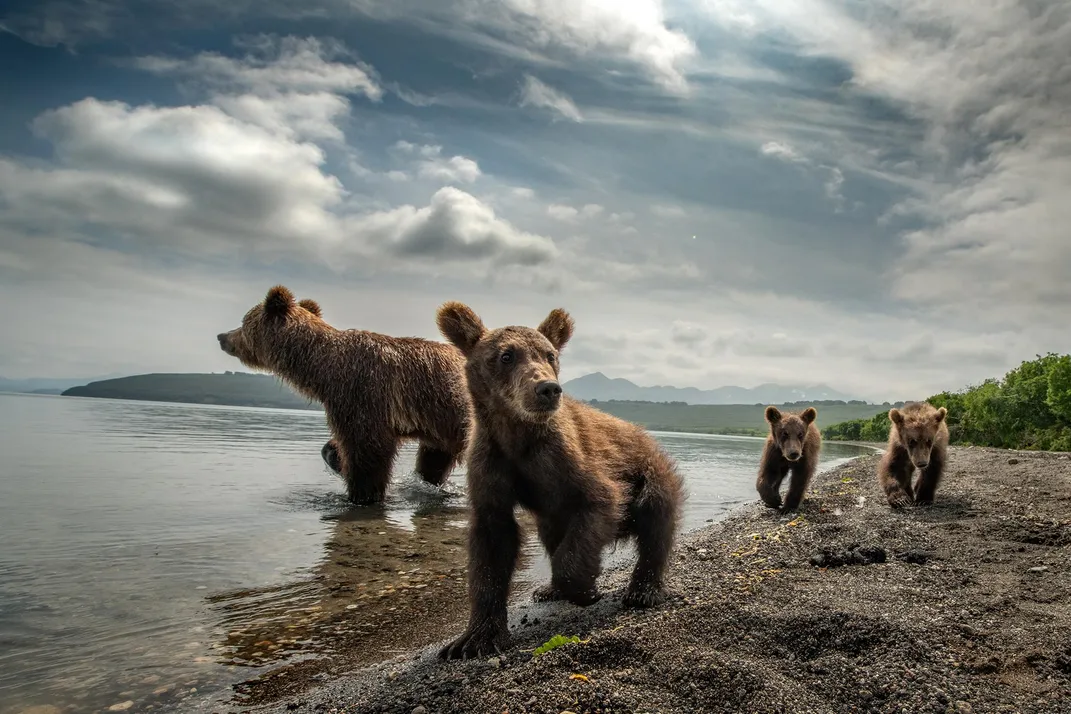
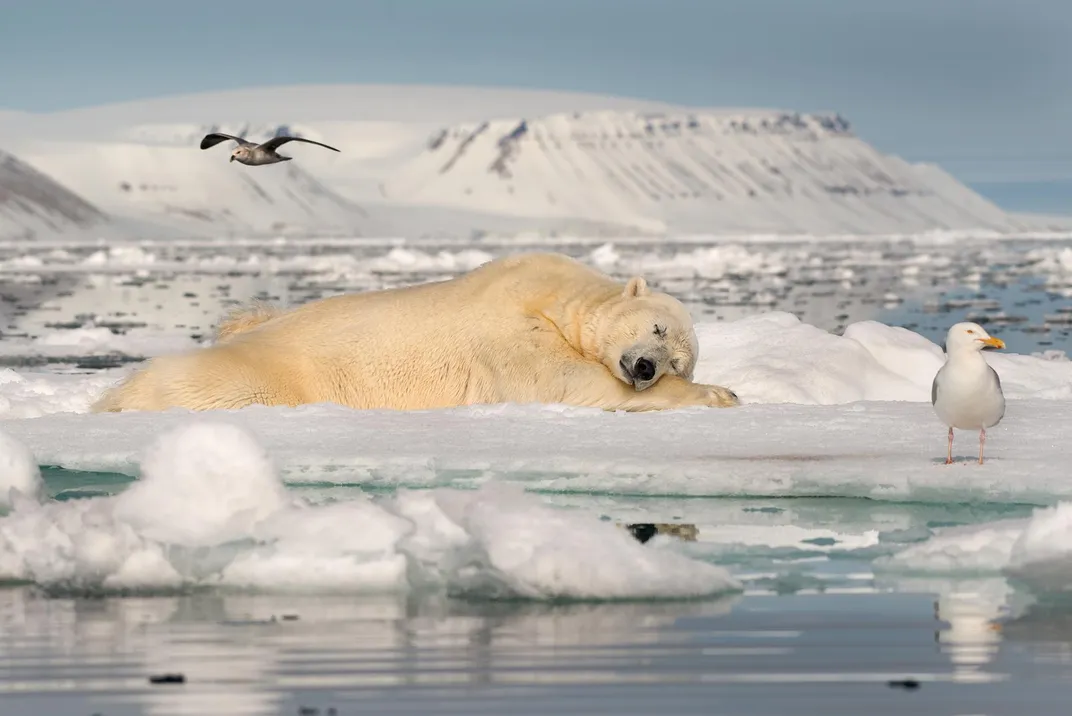
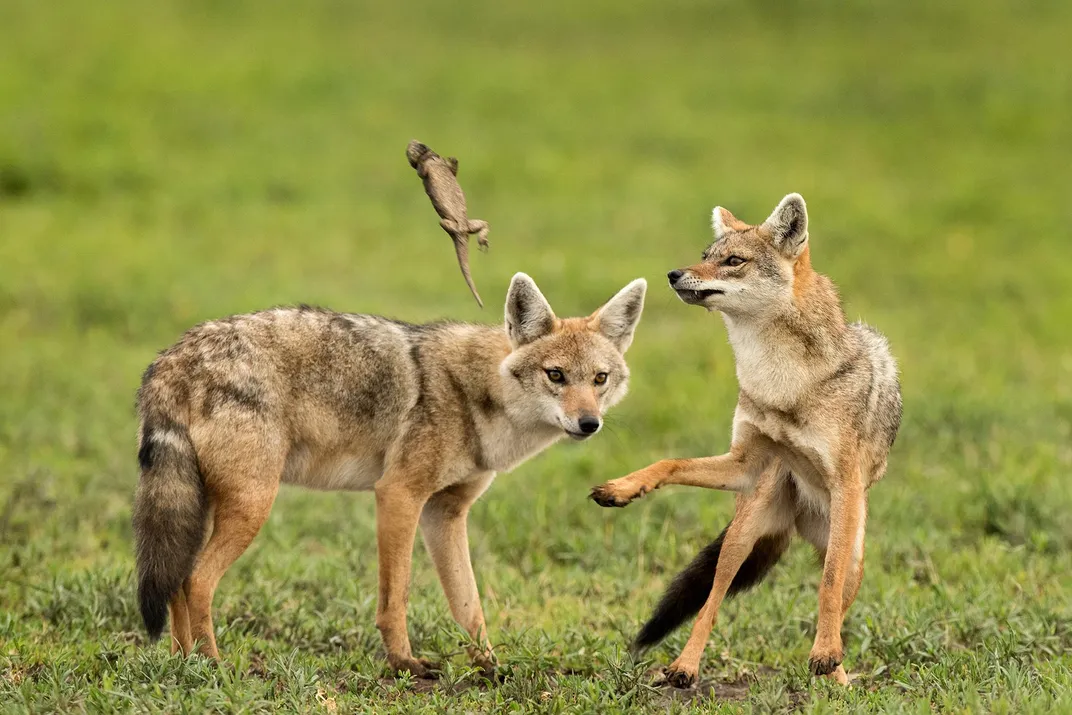
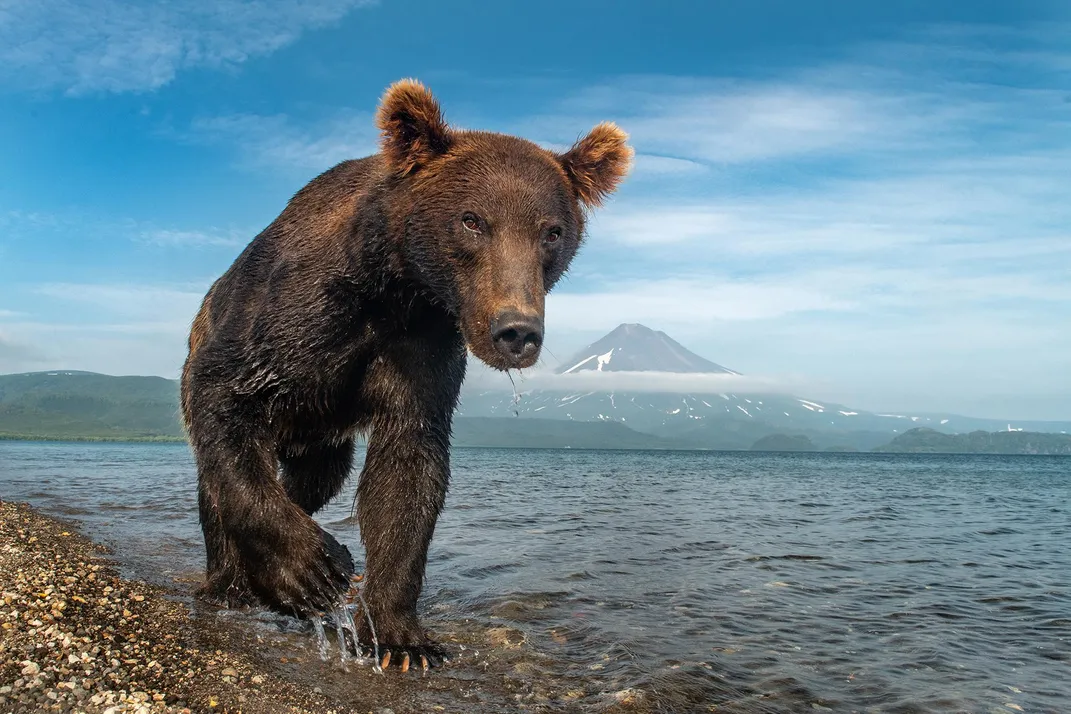
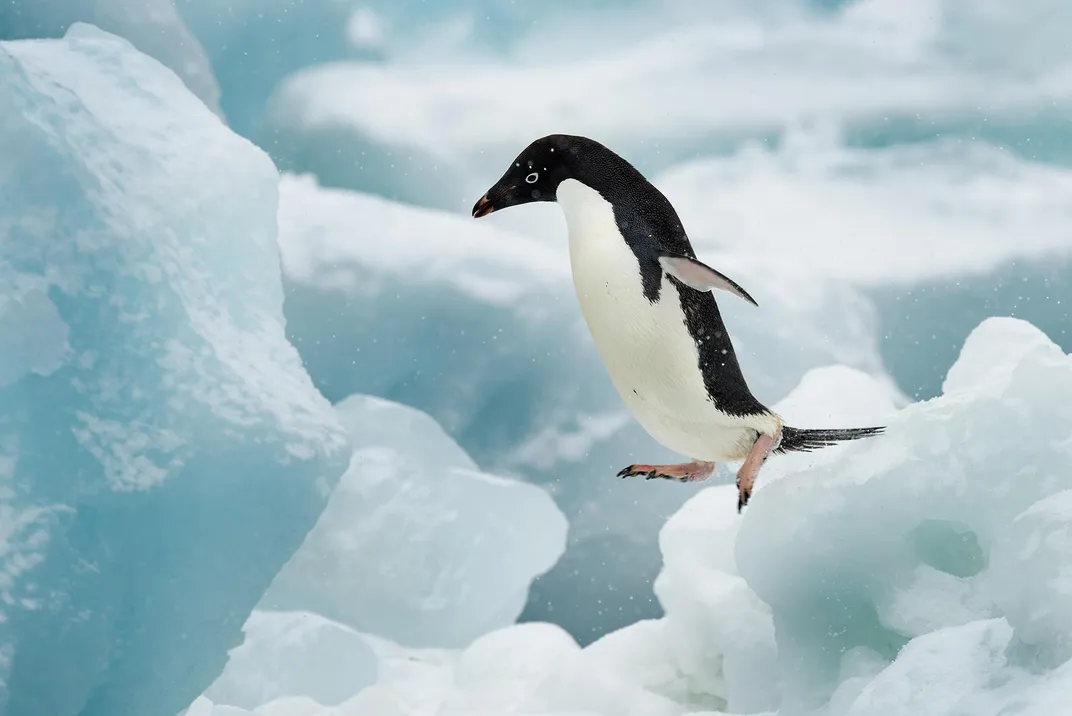
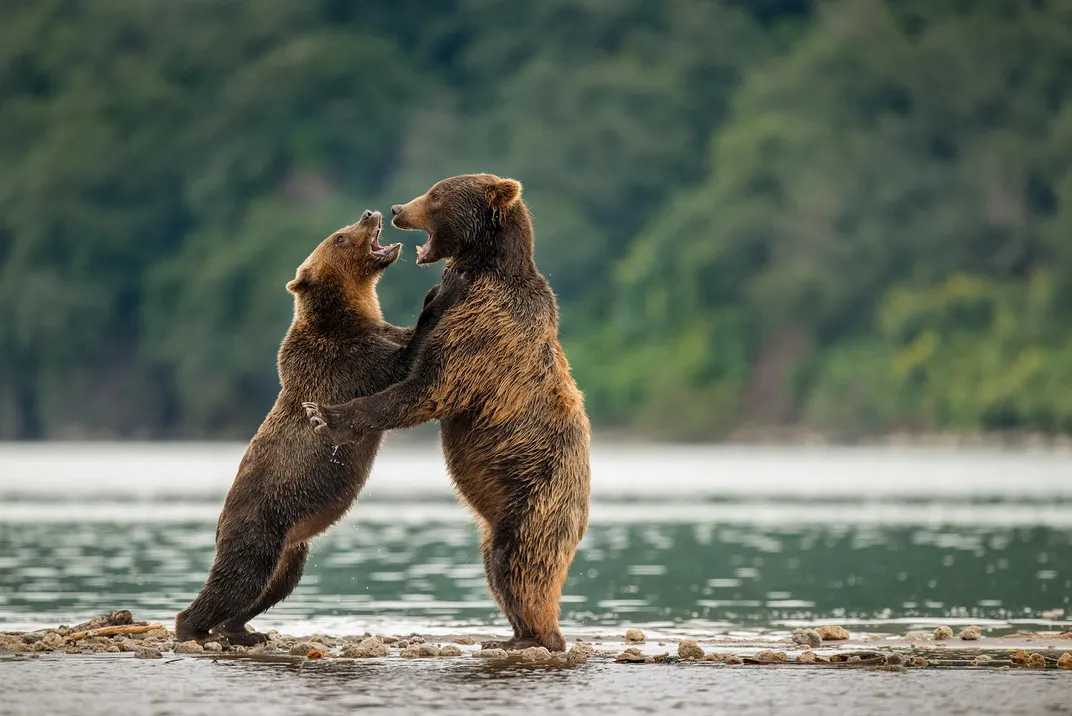

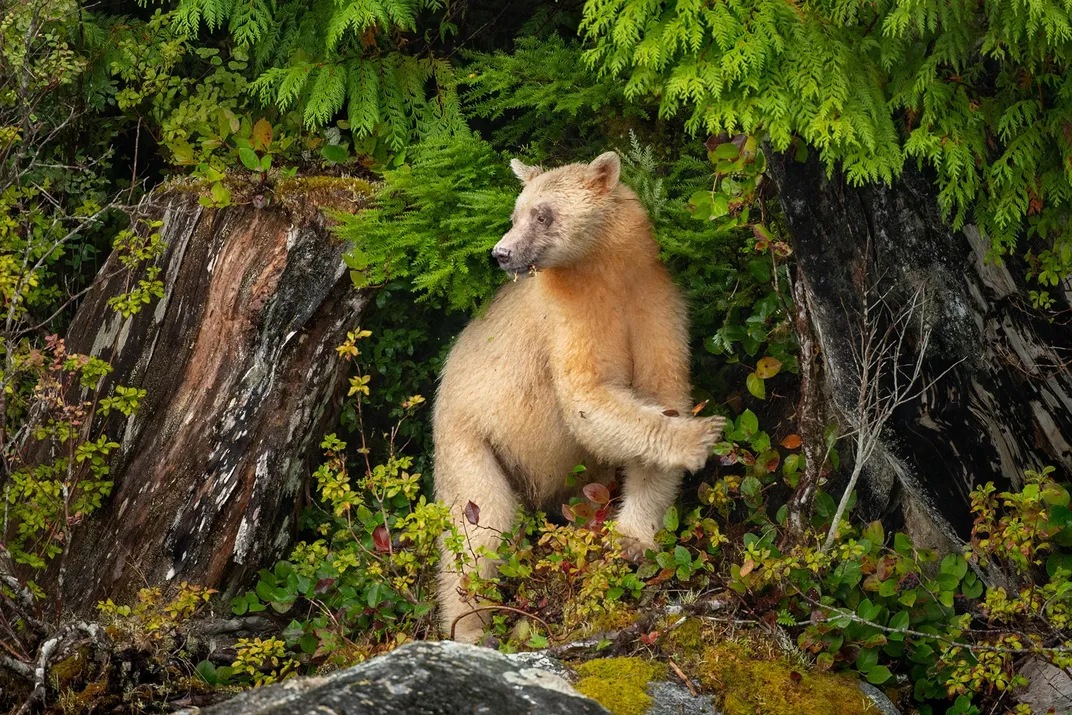
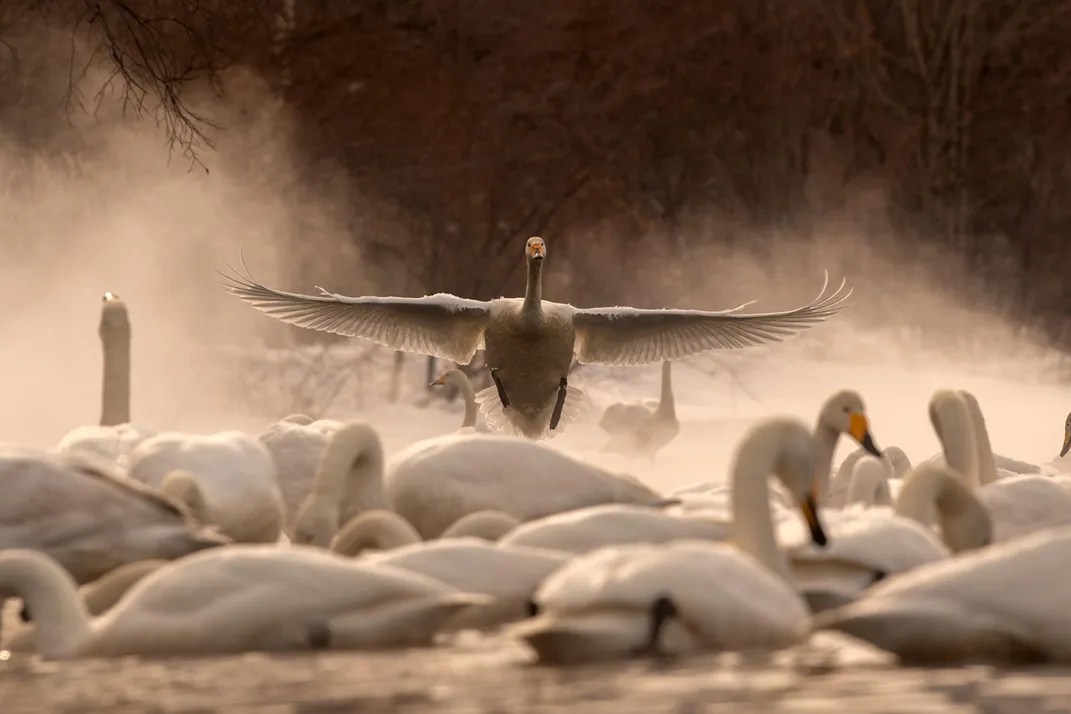
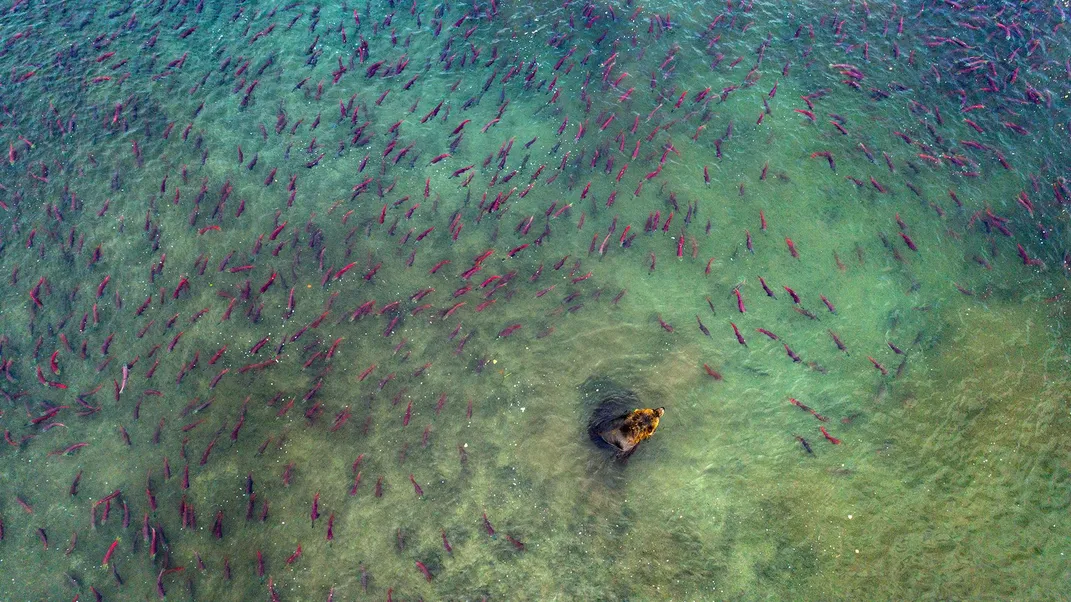
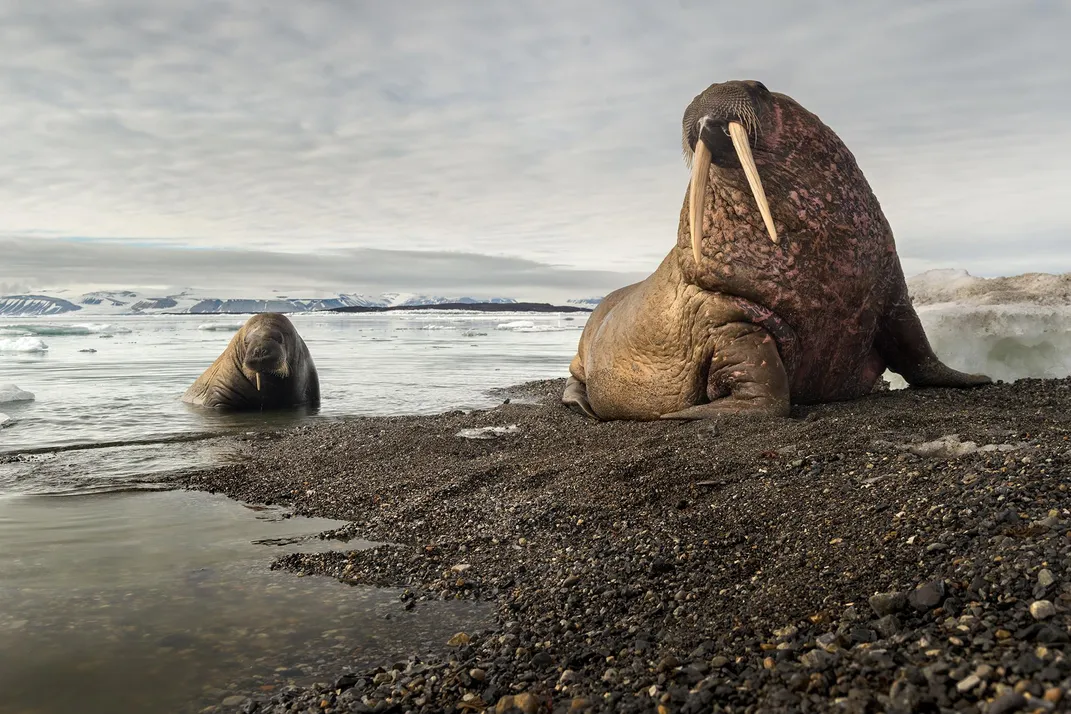
/https://tf-cmsv2-smithsonianmag-media.s3.amazonaws.com/accounts/headshot/Daily-Staff-Photos-by-Noah-Frick-Alofs-3620-317x475.jpg)